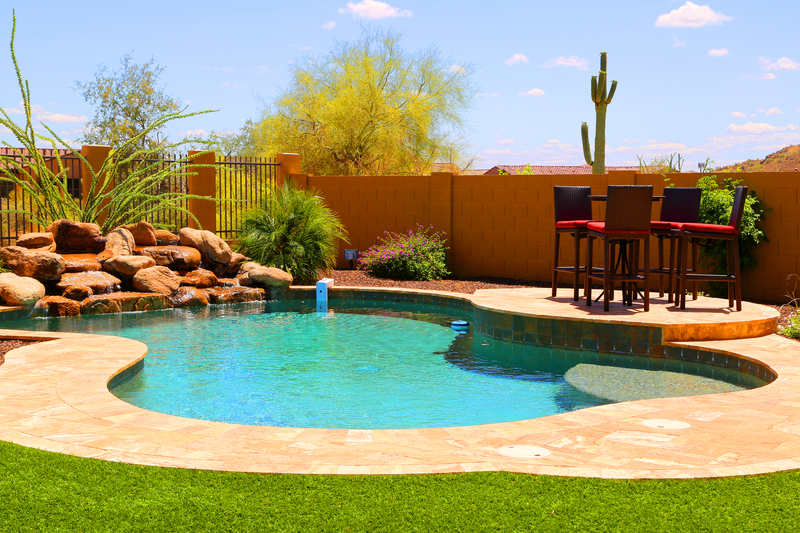Which Type of Swimming Pool Is Easier to Maintain?
Posted by Explore Gear Outdoors on 14th Feb 2023
When it comes to your swimming pool, routine maintenance is important. The reality is that cleaning is inevitable when it comes to owning any swimming pool. How easy your pool is to clean might affect your decision on which type of pool to buy. Additionally one might consider cost, size, materials used, and durability; maintenance is often overlooked. Mistakenly, many people refer to maintenance as a hidden cost of owning a pool. The materials used to construct your pool impacts what level of maintenance you are looking at. Here are the three most commonly used building materials for swimming pools.
Concrete Swimming Pools
Concrete pools are a popular choice because of how sturdy they are as well as aesthetically pleasing to the eye. Unfortunately, concrete pools require the most maintenance and cost the most. There are a number of reasons why concrete pools are so expensive to maintain. These costs and downsides to concrete pools include:
- Acid washing every 3-5 years. This is a cleaning process that uses a combination of hydrochloric acid and water to remove stains.
- The presence of algae that grow continuously
- professional cleaning at least once per year
- Special cleaning tools like a steel brushing is ideally used to clean the pool once a week
- There are two circulations that the pool’s filter must carry out every day
- Concrete needs to be refinished occasionally
- The chemistry of the water must be monitored
- Not compatible with salt systems
- Can be rough on the feet
Many people consider their concrete pools as an investment, which is why they often hire a professional to help maintain the pool.

Vinyl Swimming Pools
The second most considered material for pools is Vinyl. It’s a popular choice because it costs the least, and you can customize the size, shape, and depth. The downside of Vinyl includes:
- The liner needs to be replaced occasionally due to tearing and leaking which can be costly depending on how often it needs to be done. Each liner replacement can cost around $4,000 to replace when factoring in the cost of the liner, labor, and water to fill the pool..
- The water chemistry still needs to be monitored.
- The filter will have to circulate the water at least once per day.
- If there is not ample circulation in the pool algae is prone to grow.
Fiberglass Pools
Fiberglass pools are the easiest of the materials to maintain because they do not grow algae. They also last up to 30 years and are compatible with salt systems! The list of maintenance tasks with this type of pool is much shorter. Some of the tasks and downsides to Fiberglass include:
- The water has to be circulated once per day by the filtration system
- The water chemistry has to be checked before the pool can be used
- you can't customize the shape, size, or depth of the pool.
Which Pool Material Is For You?
A fiberglass pool is relatively quick to install and perfect for anyone who is looking for the least amount of maintenance. If you are worried about initial cost, Vinyl might be the right choice for you. Regardless of what material you choose, you will have a blast splashing in the sun!

